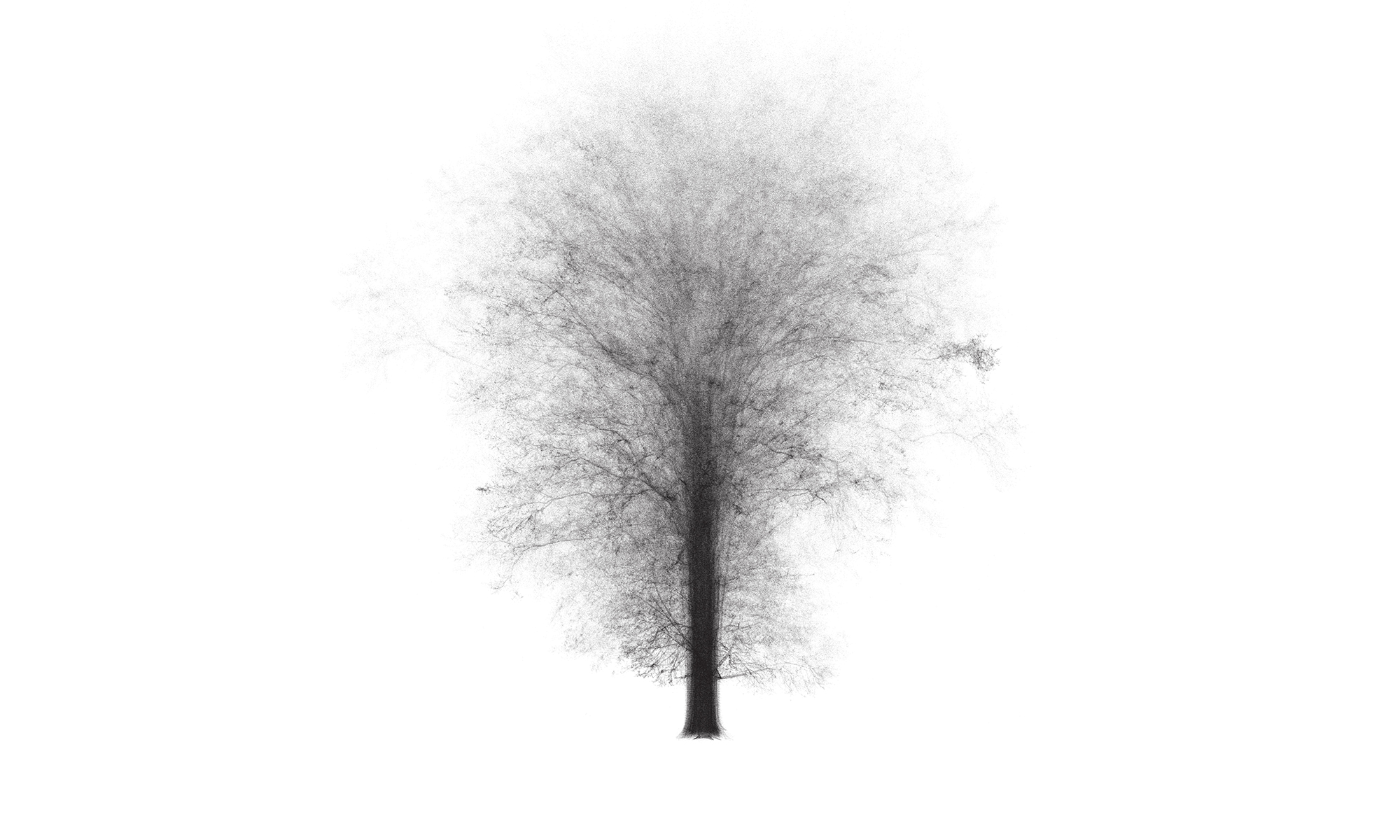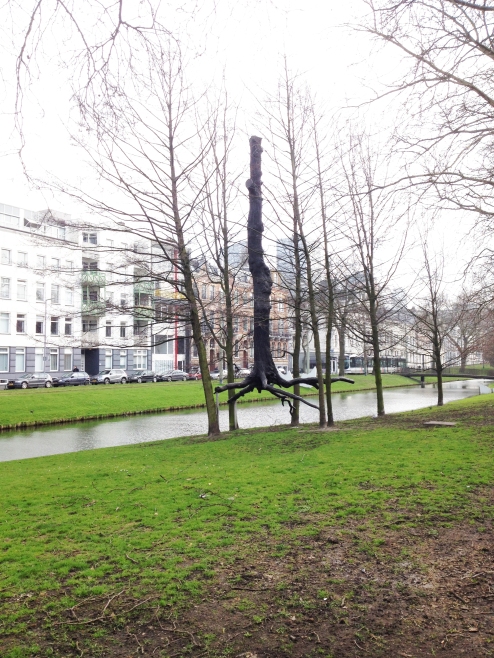Types of Habitats for Squirrels on WashU Danforth Campus
For Squirrels, there are basically two types of habitat. One is for food resource, and the other is for building nests or caves. Of course, the trees where they usually build nest also can provide food, but only the ones that are tall and strong enough with many natural caves can be the preferred options for squirrels to live in and have litters.
On WashU Danforth campus, there are around 4,000 trees in 160 species, where many of them can be our Eastern Gray Squirrels’ habitats.
For food resources, they can eat seeds or berries from walnut, pine, oak, cedar, hemlock, spruce, hawthorn, mulberry, hackberry, locust, locust, tulip, hickory, crabapple, pear, or even persimmon, paw paw or dogwood trees.
Impressively, according to No Nuts, No Problem: Squirrels Harvest Maple Syrup by John Roach at National Geographic, squirrels even can also survive on maple sap.
For their ‘residential’ spaces, they prefer oak, walnut, hickory, beech, elm, tulip poplar or sometimes cottonwood.
You may notice some of the food resources for squirrels are also edible for us, such as crabapple (for jam), pear, persimmon, pawpaw, and mulberry, although we do not tend to eat them as there are way better options for us.
When we do not need these available food resources, we would like to see animals playing around on the trees which bring us joy. However, if they accidentally invade our habitats, such as starting to live on our attics, or disturb our construction activities, this mutually beneficial relationship will be one-sided broken by us, and leave other species very little options.
Definition of Habitat
In Oxford and Meriam-Webster dictionary, the word “habitat” basically has two common definitions – the place where animal or plants grow or live, or residential dwelling places for the human.
Is there a chance that these two concepts can positively intertwine? How do we share our common resources wisely enough to create a healthy urban environment, not only ecologically, but also respectfully? How do we “communicate” with squirrels despite they can not really talk in order to know their feelings about our disturbance? The Squirrel Relocation Service team will keep digging into this question.




 A deep relationship between squirrels and pin oaks are shown in our research as above. Even though pin oak is a fast growing tree, compared to squirrels, it has such a long life cycle. However, they work and live intimately together year after year, generation after generation and witnessing each other’s growth or even evolution in the long history of ecology.
A deep relationship between squirrels and pin oaks are shown in our research as above. Even though pin oak is a fast growing tree, compared to squirrels, it has such a long life cycle. However, they work and live intimately together year after year, generation after generation and witnessing each other’s growth or even evolution in the long history of ecology.





